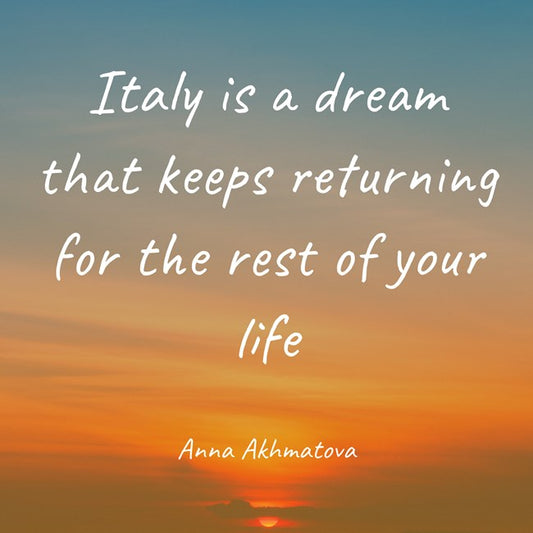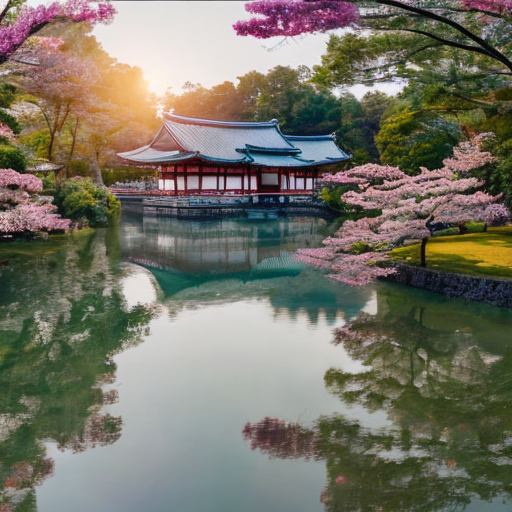The importance of music can be seen in how it took over 70 years to confirm its official national anthem, “Il Canto degli Italiani,” in December 2017. Music is one of the most important elements of Italian culture. When you visit Italy, you’ll notice that music is everywhere – in restaurants, in bars, in museums, and in the streets.
In this article, we take a ride on our gondolas down the rich streams of Italian music.
General music originated from sounds. It started when humans became aware of the birds’ singing, water dripping, wind sighs and even from our own voices. The roots of the music of the Italian Peninsula trace back to Ancient Rome. A passionate and meticulously crafted art form, Italy’s music borrows trends, symbols, sounds and motifs from a wide variety of sources.
While the general structure of Italian music relies on the origins of Melodrama, Montererdi, instrumental music of the 17th and 18th century, violin culture, Antonio Vivaldi, Rossini, Verdi, Giacomo Puccini, Verista, Belcanto and so much more, you might be amazed at their shocking diversity.
As we take apart the skeleton of Italian music and analyse every bone and structure, it is clear that Italians use their music as an instrument of history.
- Every tune, melody and song appear to retell some part of their heritage and culture. Furthermore, Italians are bound by their pride in their national identity and their music further emphasises a deep-rooted sense of beauty and emotionality.
- With the rise of the Industrial age, immigration from North Africa, Asia and influences from European music, Italian music became diversified even further.
- However, the melting pot of elements within their music has never diminished the initial efforts and historical contributions by French, Spanish and German roots.
In this next section, we delve deeper into each genre of Italian music.
Opera Music
Opera originated in Italy in the late 16th Century. The Florentine Camerata, or Camerata de’ Bardi, was a society of musicians, poets, humanists and intellectuals. Set in the starlight of a late, though dreamy Rennaissance in Florence, Italy, the Florentine Camerata collaborated under the guidance of Count Giovanni to discuss and guide trends involving the arts. With significant emphasis on music and drama, the Florentine Camerata breathed life into the majestic artistry of opera. This was in the hope of reviving Greek tragedy.

One of my personal favourite artists of the opera creation is Giuseppe Verdi. Throughout the tail-end of the 1840s, 1850s, ‘60s and ‘70s, Verdi’s works garnered him major success and fame. Verdi was a 19th Century Italian icon who also brought awareness to Pan-Italian unity.
Some of his most famous operatic series include Rigoletto (1851), II Trovatore (1853), Don Carlos (1867) and Aida. These works premiered at the Cairo Opera House in 1871 and is still cherished by many Italians and opera lovers to this day.
Within a few decades, the art of opera had won the hearts of several Italians throughout the country. Some notable composers during this period of time include Luigi Rossi, Michelangelo Rossi, Marco Marazzoli, Virgilio Mazzocchi and Stefano Landi. As each artist’s muse and issues evolved throughout the decades, topics of opera ranged from poems of chilvary to Christian commedia dell’arte.
On the other hand, Romantic opera placed major emphasis on the imagination and emotions of the early 19th Century. This further shaped the extreme emotions which typified that era’s specific type of theatre. Additionally, there is a belief that fine music often excuses the glaring faults in characterization and plot holes.
Opera has since manifested itself as a marriage of music and drama where souls find themselves bound to the glitz and glamour of life and experience. Every feeling is morphed into costume and set design against the backdrop of a glorious orchestra. Opera is one of the greatest brainchildren of Italy’s music scene. It must be cherished wholeheartedly.
Folk Music
Another genre of Italian music that is dear to many hearts is folk music and folk ritual.
Italian folk music was born from the mastermind Guido of Arezzo. Guido of Arezzo used the initial syllables of the first six lines of John the Baptist’s hymn before the scale was invented. The Benedictine Monk invented the scale at the end of the 10th century. He was also a music theorist and pedagogue who developed the hexachord system and musical staff.

Despite the advances of folk music and its constant changing of its sound and significance, folk music was always inspired by and used to shape local identity, cultural, political and social issues. Some of Guido of Arezzo’s greatest works include Ut-re-mi and Ut Queant Laxis. One of his notable achievements include inventing the new way of writing the Gregorian chant by adopting a four-line staff and clefs while in Pomposa.
In 19th century, folk music made a return and famous folk music are Bella Ciao and Tarantella Napoletana.
Musical Instruments
Next up, we will look at the most vital ingredient to cooking up a violently magnificent orchestra. Italian musical instruments are the catalysts to creating these beautiful sounds and bringing life to Italy’s finest music pieces.
Italian instruments have various meanings, and some are only used for certain occasions or festivals. For example, the zampogna bagpipe is used only during Christmas festivals. In folk music, string, wind and percussion instruments are mostly used. There are also instruments which are uncommon to other forms of music or pop culture. One such instrument is the organetto which is an accordion associated with saltarello.
Brass bands are used by many municipalities and root revival groups. Some groups or artists also use clarinets, accordions, violins and small drums which are adorned with bells to add that extra jingle.
Italy’s wind instruments also include duct, globular, transverse flutes and pan flutes. In percussion, wood blocks, bells, drums and castanets pride themselves as the rhythm and sound bearers. While several regions have their own versions of rattle, some rattle instruments include the raganella cog rattle and Calabrian conocchie.
Just like the rest of the world, Italian music has evolved and changed. With the rise of the newer generation and immigration, Italy’s sound has definitely changed, though the heartbeat is just as authentic as the day when it was all cobbled together.




